Small Hydrangeas For Shade That Will
Small Hydrangeas for Shade That Will
Introduction
Hydrangeas are some of the most popular flowering shrubs in the world, and for good reason. They come in a wide variety of colors, sizes, and shapes, and they can be grown in a variety of conditions. However, if you have a small garden or a shady spot, you may be wondering if there are any hydrangeas that are right for you.
The good news is that there are many small hydrangeas that are well-suited for shade. These hydrangeas are not only compact in size, but they also produce beautiful flowers that will brighten up your shady spot.
In this blog post, we will discuss some of the best small hydrangeas for shade. We will also provide tips on how to care for these hydrangeas so that they can thrive in your garden.
Main Content
What are small hydrangeas?
Small hydrangeas are simply hydrangeas that grow to be a relatively small size. They are typically no more than 3 feet tall and wide, making them a good choice for small gardens or shady spots.
There are many different types of small hydrangeas, including mophead hydrangeas, lacecap hydrangeas, and panicle hydrangeas. Each type of hydrangea has its own unique characteristics, so you can choose the type that best suits your needs.
Benefits of small hydrangeas
There are many benefits to choosing small hydrangeas for your garden. Here are a few of the most important benefits:
- They are compact in size. This makes them a good choice for small gardens or shady spots.
- They produce beautiful flowers. Small hydrangeas come in a wide variety of colors, so you can find one that will match your garden's color scheme.
- They are easy to care for. Small hydrangeas are relatively low-maintenance plants. They do not require a lot of water or fertilizer, and they are resistant to pests and diseases.
Tips for caring for small hydrangeas
If you are considering adding small hydrangeas to your garden, here are a few tips for caring for them:
- Choose the right location. Small hydrangeas prefer partial shade to full shade. They will not do well in full sun.
- Water regularly. Small hydrangeas need to be watered regularly, especially during the summer months.
- Fertilize in spring. Apply a balanced fertilizer to your small hydrangeas in the spring.
- Prune in late winter. Prune your small hydrangeas in late winter to remove dead or damaged branches.
Varieties of small hydrangeas
There are many different varieties of small hydrangeas available. Here are a few of the most popular varieties:
- Invincibelle Wee White. This is a dwarf variety of the popular Annabelle hydrangea. It produces large, white flowers that bloom from summer to fall.
- Little Lime. This is a dwarf variety of the Limelight hydrangea. It produces small, lime green flowers that bloom from summer to fall.
- Bobo. This is a dwarf panicle hydrangea. It produces large, white flowers that bloom from summer to fall.
- Firelight Tidbit. This is a dwarf panicle hydrangea. It produces small, fiery red flowers that bloom from summer to fall.
- Little Quick Fire. This is a dwarf panicle hydrangea. It produces small, fiery orange flowers that bloom from summer to fall.
Conclusion
Small hydrangeas are a great way to add beauty and color to your garden, even if you have a small space or a shady spot. With proper care, these hydrangeas will thrive and provide you with years of enjoyment.
Small Hydrangeas for Shade
If you're looking for a beautiful and easy-to-grow hydrangea for your shady garden, look no further than the small hydrangea. These compact shrubs are perfect for small spaces, and they come in a variety of colors to suit any taste.
Some of the best small hydrangeas for shade include:
These hydrangeas are all relatively low-maintenance, and they will thrive in partial to full shade. They are also all deer-resistant, so you can enjoy their beautiful blooms without having to worry about the deer eating them.
To learn more about small hydrangeas for shade, visit . This website has a wealth of information on different types of hydrangeas, including care tips, planting instructions, and more.
FAQ of small hydrangea for shade
FAQs on Small Hydrangeas for Shade
Q: What are some good small hydrangeas for shade?
A: There are many small hydrangeas that do well in shade, but some of the most popular include:
- Dwarf Hydrangea paniculata ('Little Lime', 'Limelight', 'Limelight Compact')
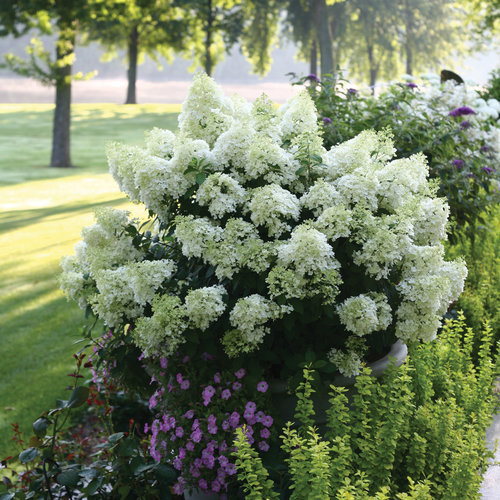
- Smooth Hydrangea arborescens ('Annabelle', 'Incrediball')

- Bigleaf Hydrangea macrophylla ('Nikko Blue', 'PeeGee Blue')
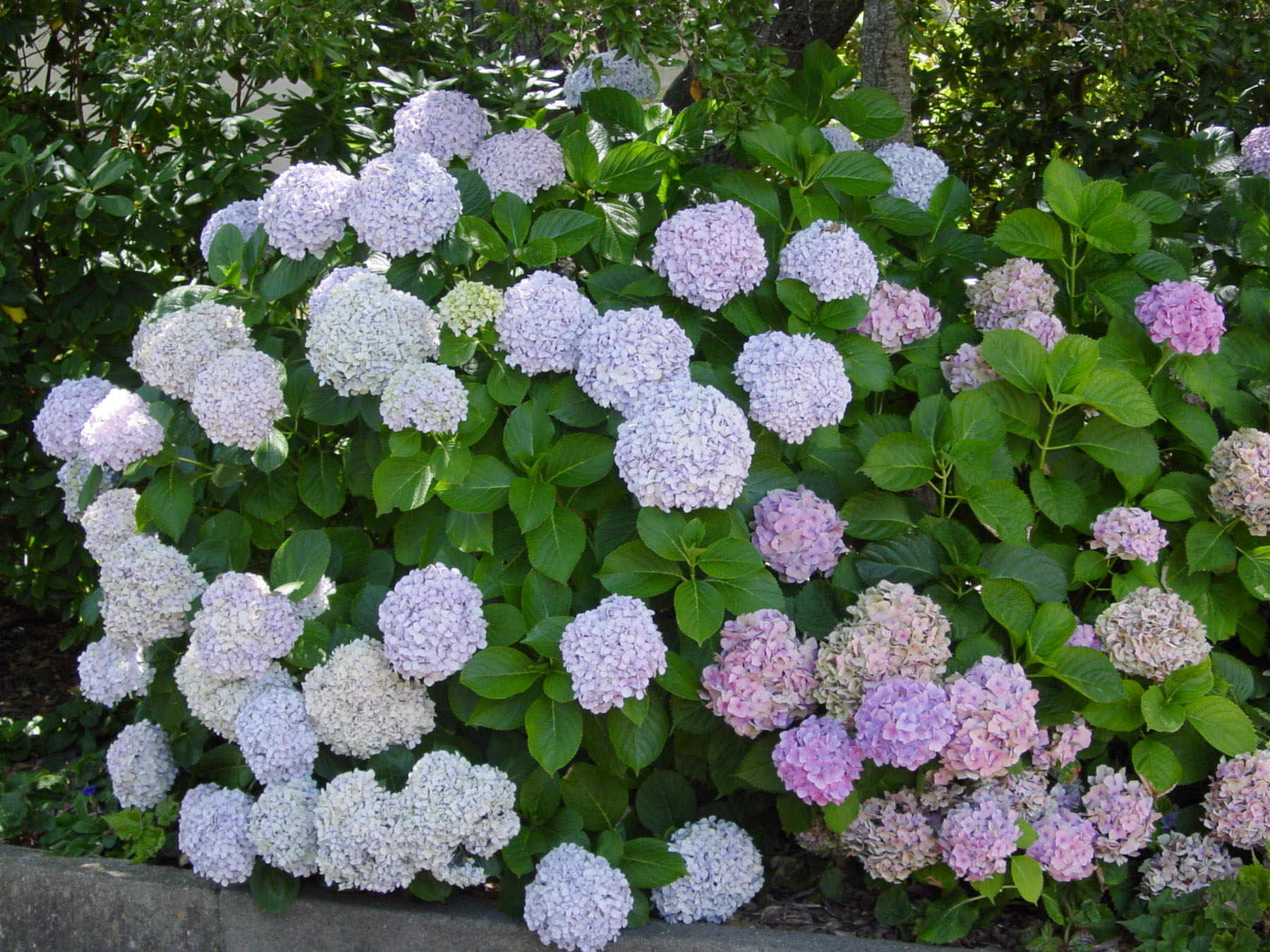
- Oakleaf Hydrangea quercifolia ('PeeGee', 'Snowflake')
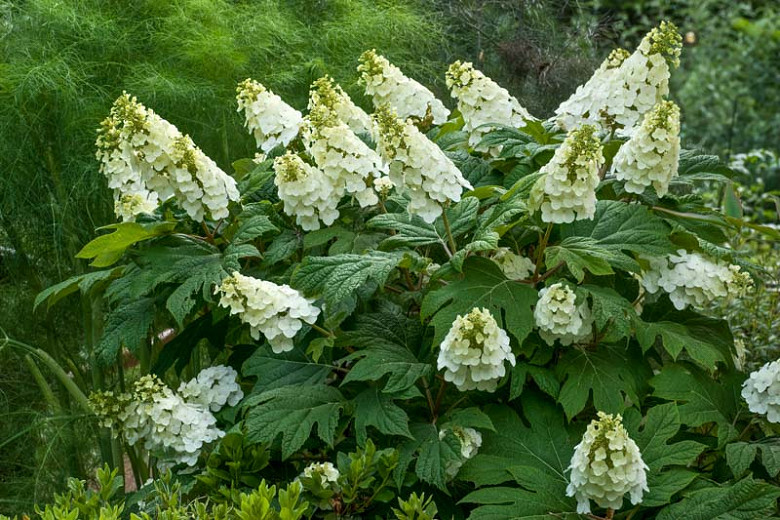
- Mountain Hydrangea serrata ('Bluebird', 'Pinky Winky')
These hydrangeas typically grow 3-6 feet tall and wide, and they produce large, showy flowers in shades of white, pink, blue, or purple. They are all relatively easy to care for, and they will thrive in shady areas with moist, well-drained soil.
Q: How do I care for a small hydrangea in shade?
A: Small hydrangeas in shade need regular watering, especially during the first year after planting. They also appreciate a layer of mulch around the base of the plant to help retain moisture and suppress weeds.
In the spring, you can fertilize your hydrangea with a balanced fertilizer. Once the flowers have faded, you can prune the plant to remove any dead or damaged branches.
Q: How do I propagate a small hydrangea from seedlings?
A: To propagate a small hydrangea from seedlings, you will need to collect the seeds in the fall. The seeds should be sown in a pot of moist potting mix in the spring. The seedlings will need to be kept in a warm, sunny location.
Once the seedlings have germinated and developed a few sets of leaves, you can transplant them into individual pots. The plants can be transplanted into the garden in the fall or spring.
Q: What are some common pests and diseases that affect small hydrangeas?
A: Small hydrangeas are susceptible to a few common pests and diseases, including:
- Aphids
- Scale insects
- Leaf spot
- Rust
If you notice any of these pests or diseases on your hydrangea, you can treat them with an insecticidal soap or neem oil. You can also remove any affected leaves or branches.
Q: Where can I buy small hydrangeas for shade?
A: Small hydrangeas for shade are available at most garden centers and online retailers. When choosing a hydrangea, be sure to select a variety that is suitable for your climate and growing conditions.
Image of small hydrangea for shade
5 different images of "small hydrangea for shade" from Pinterest:
- PeeGee Hydrangea: This is a compact variety of hydrangea that is perfect for shady areas. It has small, dainty flowers that bloom in shades of pink, blue, or white.
- Little Lime Hydrangea: This variety is also known as the Limelight Hydrangea. It is a small, spreading shrub that has lime green flowers that bloom in the summer.
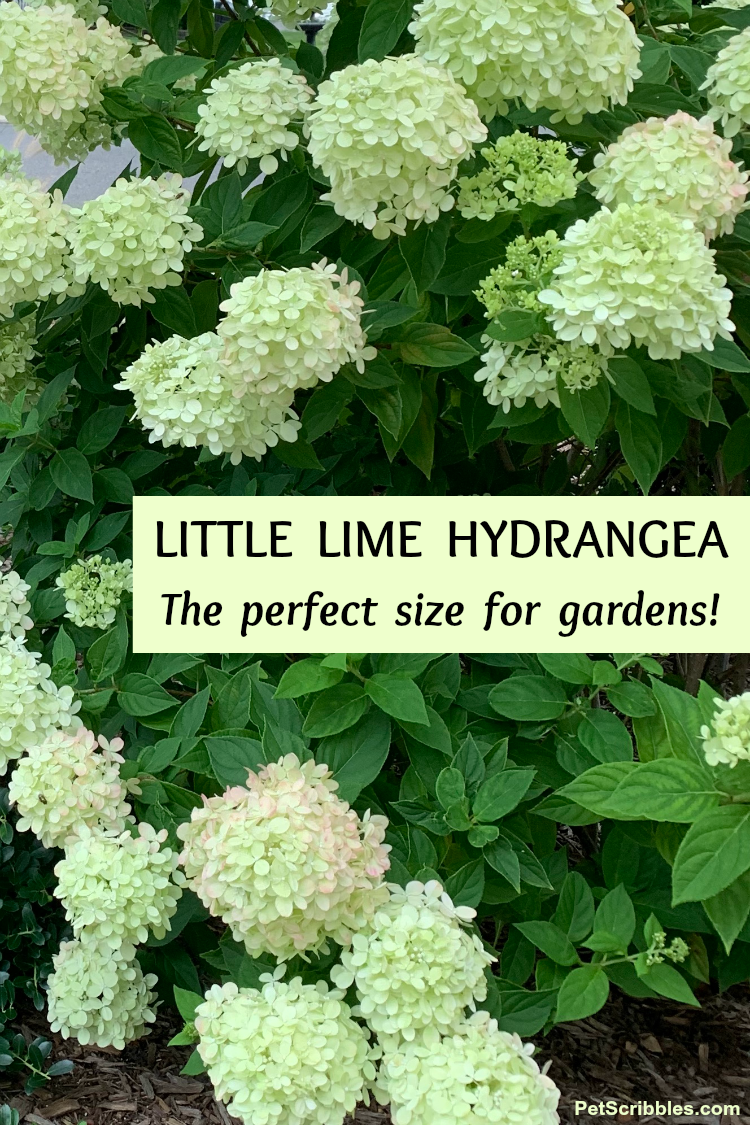
- Annabelle Hydrangea: This is a classic variety of hydrangea that is known for its large, white flowers. It is a bit taller than the other two varieties mentioned, but it is still a good choice for shady areas.

- Smooth Hydrangea: This is a small, compact shrub that has white flowers that bloom in the summer. It is a good choice for shady areas that are also dry.
- Hortensia Paniculata: This variety is known for its large, panicle-shaped flowers that bloom in shades of pink, blue, or white. It is a bit taller than the other varieties mentioned, but it is still a good choice for shady areas.
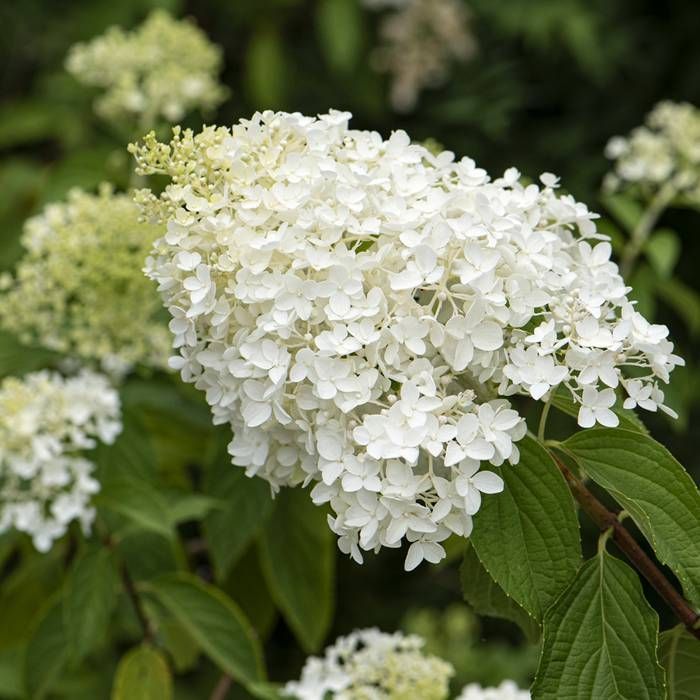
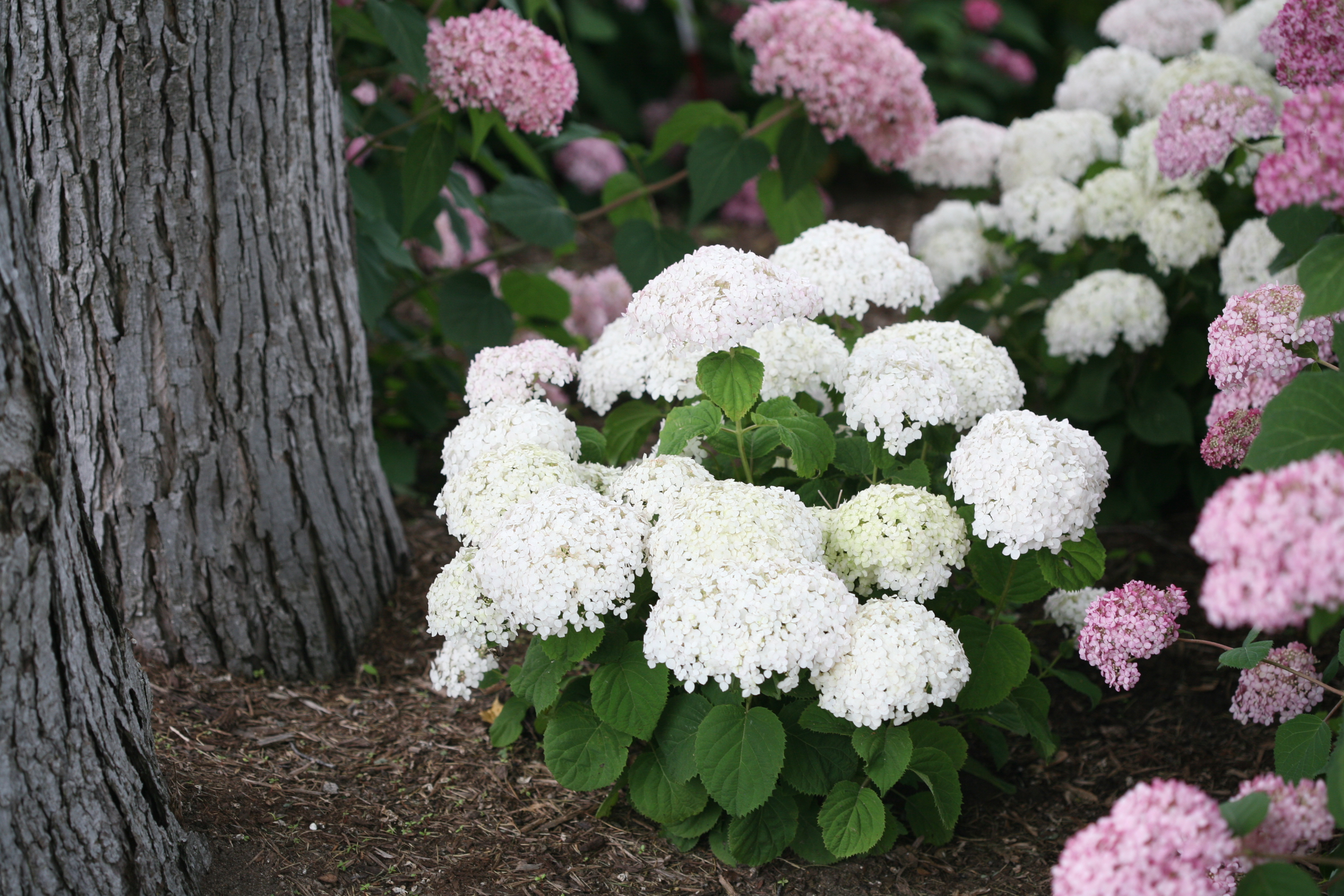

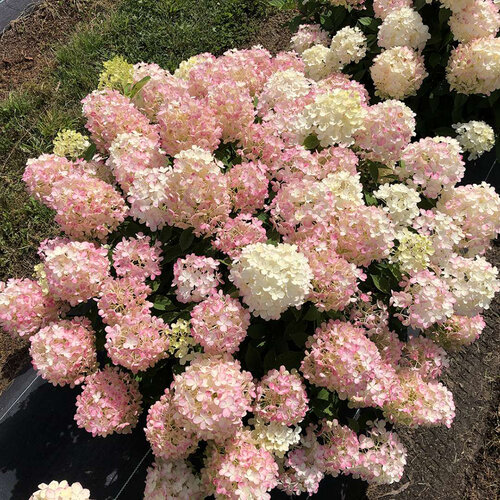
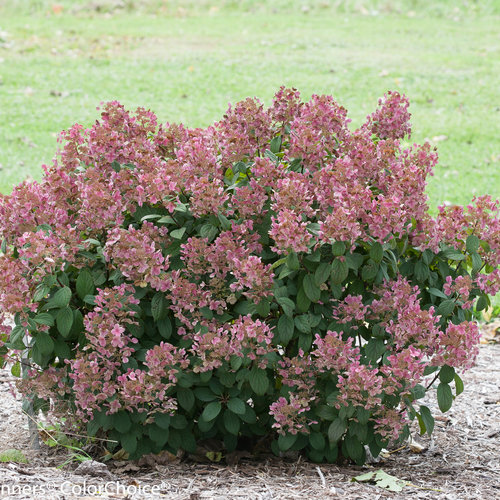
Post a Comment for " Small Hydrangeas For Shade That Will"